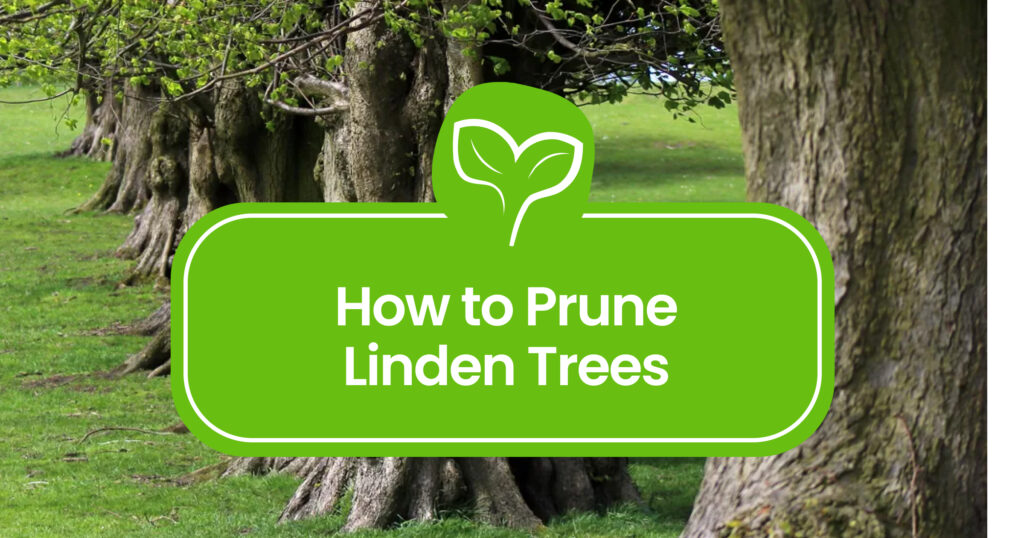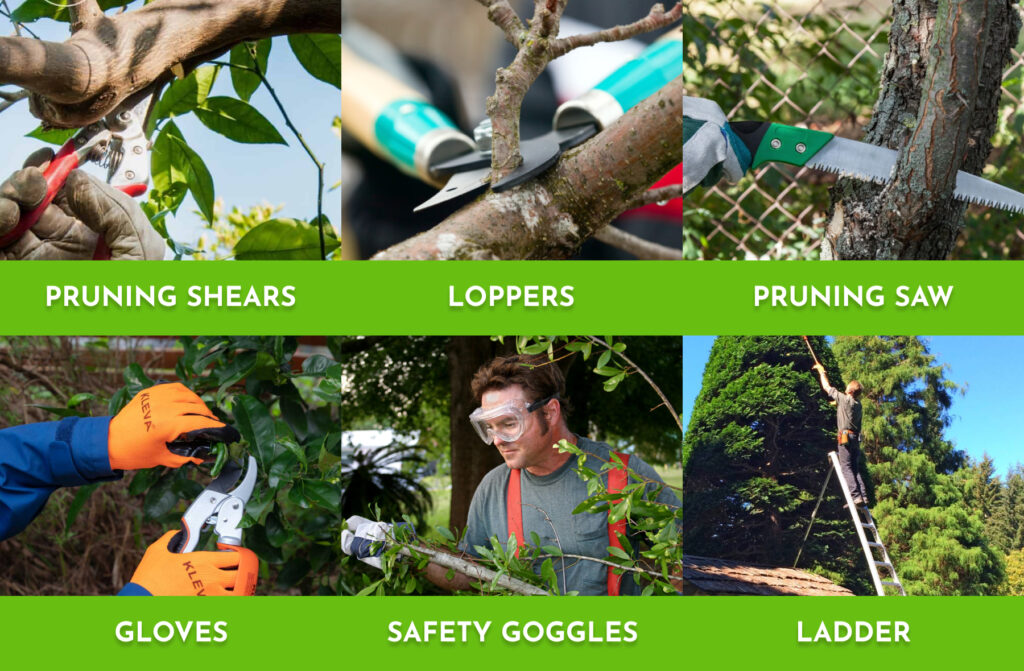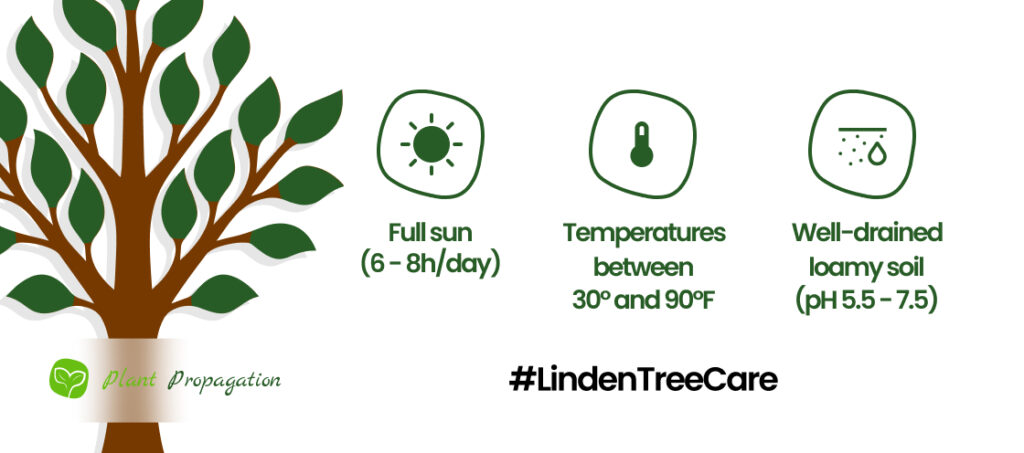
Mastering the art of pruning linden trees requires precision and care. In this guide, we’ll explore the crucial aspects of successful tree care—timing, essential tools, step-by-step techniques, and post-pruning care. Discover the optimal moments for pruning, learn about the necessary tools, and follow a clear, systematic approach to pruning linden trees effectively. Join us in this journey to nurture healthier, more vibrant linden trees through proper pruning techniques and dedicated aftercare.
When to Prune Linden Trees
Timing matters when it comes to pruning linden trees. Generally, you want to do it when the tree is dormant, which allows for the best healing and reduces stress on the tree. The best time to prune linden trees is in the fall after the leaves fall off or in early spring, before March when the sap starts moving. You can also snip a few small branches in summer after the leaves grow big if necessary. It helps the tree heal better and stay healthy!
The Tools You’ll Need
When prepping for a pruning session, it’s essential to think about your tree’s unique needs and safety measures too. Here are the tools you’ll need:
- Pruning Shears: Ideal for smaller branches and precise cuts.
- Loppers: For thicker branches that pruning shears can’t handle.
- Hand Saw or Pruning Saw: Useful for larger branches or tougher wood.
- Safety Gear: Don’t forget gloves and goggles for safety!
- Ladder: To reach all branches.

Pruning Linden Trees Step-by-Step
First of all, you should only use Sharp Tools: Dull tools can hurt the tree. Make sure your tools are sharp for clean cuts that heal faster and keep the tree healthy. Follow these straightforward steps to prune your linden trees the right way:
- Assess the Tree’s Shape: Take a look at how the tree’s branches are arranged. Identify where you’ll need to trim.
- Spot Old Cuts: Look for previous cuts on the branches. You might see marks from last year’s pruning.
- Start with High, Overcrowded, or Dead Limbs: Use a ladder if needed to reach these branches. They’re the ones to remove first.
- Check for Weak Branches: Any branches that seem weak or have a narrow-angle should go. You should remove these to help the tree grow better.
- Prune Regularly: Regular and proper pruning gives branches more space and air, helping them grow better. You should check your linden tree every year for damaged or diseased branches, but pruning every 3 -5 years should be the way to go.
Aftercare
After you’re done pruning your linden tree, here are some things you can do to help it recover and look great in no time!
- Wound Treatment: Apply a tree wound dressing to larger cuts to aid healing.
- Fertilization: Consider adding a balanced fertilizer to support recovery and growth.
- Regular Monitoring: Keep an eye on the tree for signs of stress or disease, ensuring it gets the care it needs.

Frequently Asked Questions
What is the best time to prune a linden tree?
The best time to prune linden trees is in the fall after the leaves fall off or in early spring, before March when the sap starts moving. You can also snip a few small branches in summer after the leaves grow big if necessary. These times help the tree heal better and stay healthy!
How often should linden trees be pruned?
Pruning linden trees every three to five years as they grow older helps maintain their shape. As they get bigger, pros might need to lend a hand. For new trees, fertilizing—granular, liquid, or stakes—works wonders to help them thrive!
Will pruning affect the overall health of my linden tree?
Removing dead and diseased branches, or pruning crossed branches, can help your tree’s overall health. Your tree will be more resilient to pests and diseases and can direct its energy towards healthy growth.
What is the lifespan of a linden tree?
Linden trees can live for over 1000 years.

